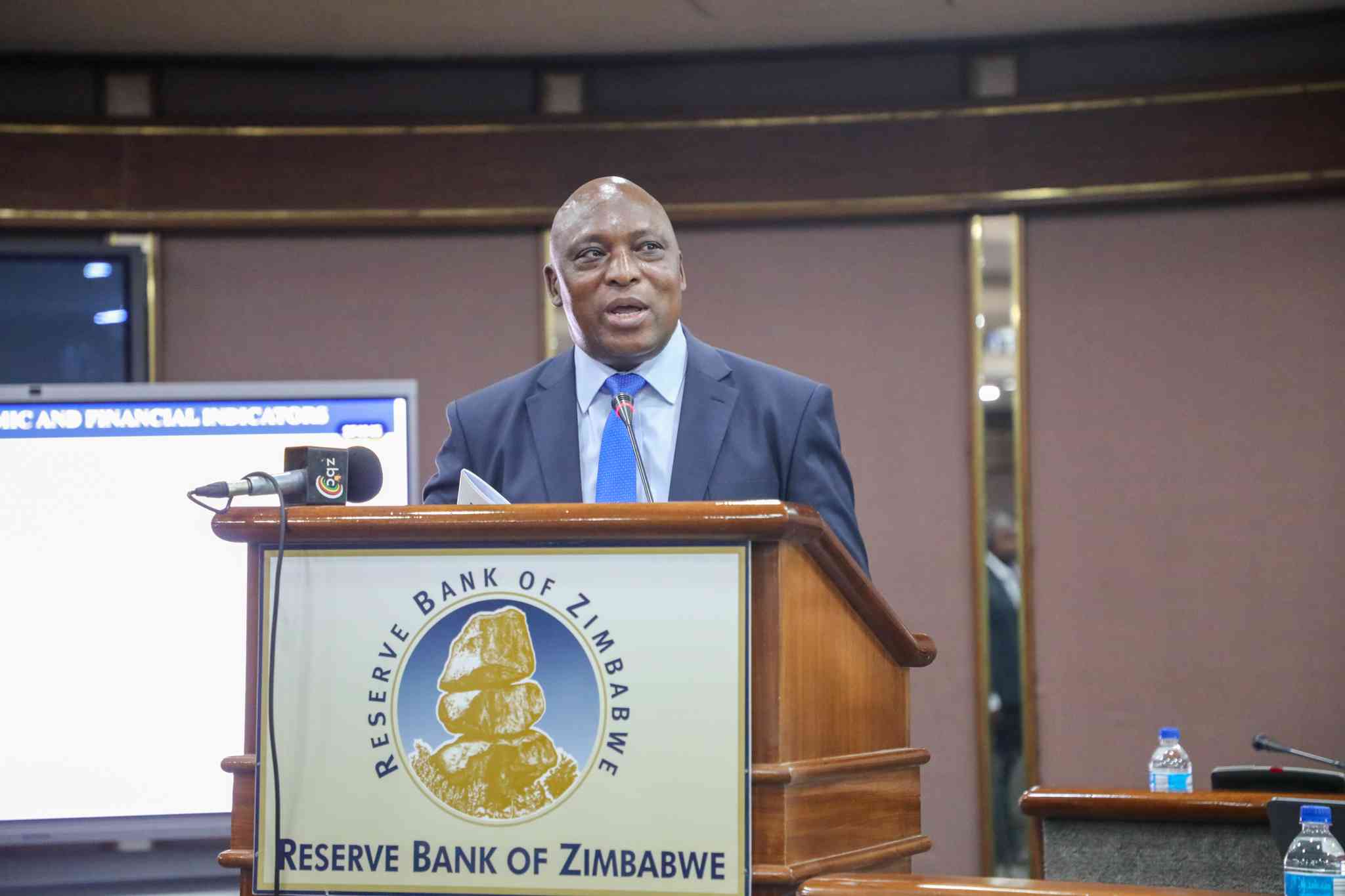
THE Reserve Bank of Zimbabwe (RBZ) is now closely monitoring inflation after the annual Zimbabwe Gold (ZiG) rate accelerated by 6,4 percentage points last month to 92,1%, with the bank expecting it to continue rising through to September.
In its May monthly inflation report, the Zimbabwe National Statistics Agency (ZimStat) reported the ZiG annual inflation rate to be 92,1%, an increase from 85,7% recorded in April.
The ZiG annual inflation rate was first reported in April, following the release of the domestic currency on April 5, 2024, as Treasury sought to have one year pass with the domestic tender in use before reporting this information.
Meanwhile, the year-on-year US dollar inflation rate decelerated to 13,9%, a marginal 0,5 percentage points from April, showing that high greenback pricing remains.
The inflation statistics indicate continued currency volatility.
“The Reserve Bank has been closely monitoring and anticipating the recent movements in year-on-year ZiG inflation, which rose from 85,7% in April to 92,1 % in May 2025, primarily owing to a once-off shock experienced in September 2024,” RBZ governor John Mushayavanhu said in a statement.
“Meanwhile, the month-on-month ZiG inflation has been relatively low and stable at less than 1% over the last three months.
“The Zimbabwe National Statistics Agency has been reporting month-on-month ZiG inflation without annual inflation due to the absence of comparable ZiG-denominated price developments on an annual basis in 2023.”
- Awards target married couples
- Awards target married couples
- Zimbabwe needs to rethink economic policies
- Zimbabwe needs to rethink economic policies
Keep Reading
He said the transition from Zimbabwe dollar to ZiG prices inevitably created a statistical gap in the calculation of annual ZiG inflation figures.
“As a result, ZimStat began computing and publishing year-on-year ZiG inflation in April 2025, after obtaining a full year of ZiG prices,” Mushayavanhu added.
“The Reserve Bank, therefore, advises the public that the recorded rise in year-on-year ZiG inflation in April and May 2025 is primarily due to the base effect emanating from the once-off spike in month-on-month inflation from 5,8% in September 2024 to 37,2% in October 2024.
“The current trend in annual inflation is expected to continue up to September 2025 and decline thereafter to align with the current low and stable month-on-month inflation.”
He said the current annual inflation trajectory, therefore, was expected not to affect consumer purchasing power and value preservation, as the inflation impact had already been realised.
“The economy is projected to return to a more stable annual inflation path from the month of October 2025,” Mushayavanhu said.
“Going forward, the ZiG annual inflation is expected to significantly decline to below 30% by December 31, 2025 and to further decline towards single-digit levels in the outlook period.”
The International Monetary Fund expects inflation to cool to 26,1% by year-end, while the African Development Bank has made a 23,6% prediction.
However, some international lenders and experts disagree with the RBZ governor’s prediction owing to the exchange rate remaining controlled, thus leaving this important metric susceptible to swings.
For example, the African Export–Import Bank, one of Zimbabwe’s major creditors, expects the annual inflation rate to reach 199,6% by year end, while American economist Steve Hanke has persistently kept the country’s annual inflation rate in the three-digit area.










